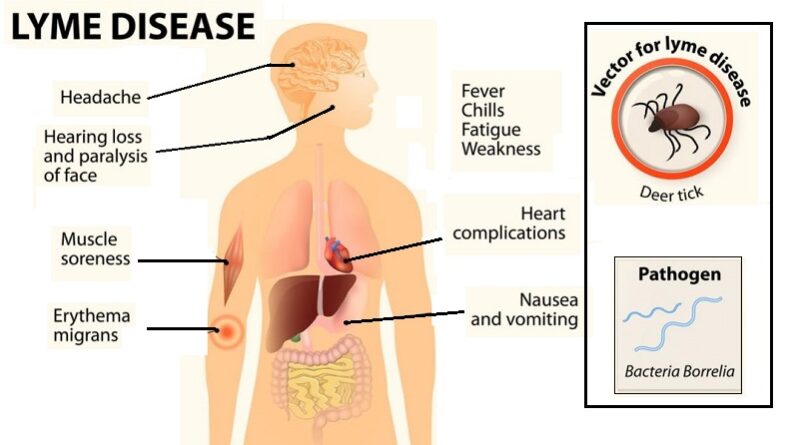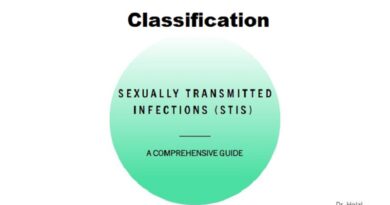Lyme Disease and its Impact: Unraveling the Mystery
Lyme disease, a complex misunderstood illness, has been a cause for concern in recent years. It is a bacterial infection transmitted to humans through the bite of infected black-legged ticks, known as deer ticks. This debilitating condition leads to many symptoms and long-term complications if left untreated. In this article, we discuss Lyme disease, shedding light on its causes, symptoms, diagnosis, treatment, and prevention.
I. Borrelia Burgdorferi Bacteria: The Causative Agent
The causative agent is a bacteria known as Borrelia burgdorferi. This spirochete bacterium is primarily found in the United States and Europe, thriving in areas where ticks are prevalent. The bacterium enters the human body through a tick bite and begins its invasion, spreading rapidly through the bloodstream.
II. Lyme Disease Symptoms
It can manifest itself in a myriad of ways, making it a challenging condition to diagnose. Symptoms typically appear within three to thirty days following a tick bite. The early stage of the illness, (known as early (localized Lyme disease), presents with flu-like symptoms such as fatigue, fever, headache, muscle and joint aches, and swollen lymph nodes. A characteristic symptom is a “bull’s eye” rash, known as erythema migrans, at the site of the tick bite.
III. Untreated Lyme Disease
If left undiagnosed and untreated, The condition can progress to more severe stages, leading to chronic symptoms and complications. Early disseminated illness occurs when the bacteria spread throughout the body, resulting in symptoms such as multiple erythema migrans rashes, neurological abnormalities, heart palpitations, facial palsy, and severe joint pain. In some cases, known as chronic Lyme disease, can persist for months or even years, causing fatigue, cognitive difficulties, muscle weakness, and joint inflammation.
- Bacteria spread throughout the body: Early disseminated illness
- late-stage: Persist for months or even years
IV. Diagnosis and Detection Dilemma
Diagnosis is a complex task due to its diverse symptoms and unavailable diagnostic tests. Physicians often rely on a combination of clinical symptoms, patient history, and laboratory tests to confirm the diagnosis. We can use serologic tests, such as enzyme immunoassay (EIA) and Western blot, to detect antibodies produced in response to the bacteria. However, these tests can be false negatives during the early stages of the disease, making diagnosis more challenging.
V. Treatment Options
The primary treatment is antibiotics, particularly doxycycline, amoxicillin, or cefuroxime. The choice of antibiotic and duration of treatment depend on the stage of the disease. However, some individuals may experience persistent symptoms even after completing the recommended antibiotic treatment, leading to the “chronic stage.” Managing these chronic symptoms often requires the cooperation of various specialists.
VI. Prevention
Prevention is key when it comes to Lyme disease. By taking appropriate precautions, you can minimize the risk of tick bites and subsequent infection. Some preventive measures include:
- Avoiding areas with high tick populations, such as dense woods and tall grasses.
- Wearing protective clothing, including long sleeves, pants, and closed-toe shoes.
- Using tick repellents containing DEET or permethrin on exposed skin and clothing.
- Conducting regular tick checks on yourself, your loved ones
Summary:
Lyme disease, caused by the Borrelia burgdorferi bacterium transmitted through tick bites, can lead to symptoms and long-term complications if left untreated. Early diagnosis is crucial, but challenges in detection and diverse symptoms make it complex. Antibiotics are the primary treatment, although chronic symptoms may persist. Prevention is vital, including avoiding tick-prone areas and using protective measures.
If you have questions you can drop them below in the comment section. You can contact us here: Google page – Helalmedical, or Facebook page. We offer quick and convenient testing options.




